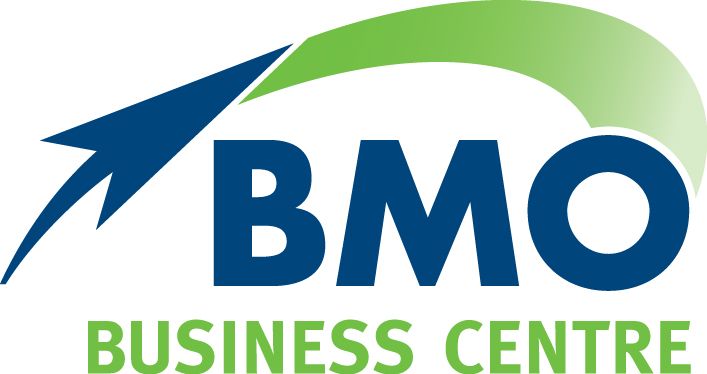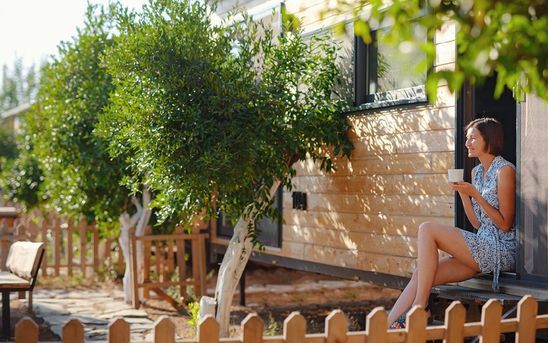Gifting to the max
Increase the impact of your donations – for the recipients, and your tax bill
The end of the financial year provides a natural opportunity to rethink our approach to donating. As we re-evaluate our financial positions and think about tax time, giving to a worthy cause just makes good sense. But just like there are ways to ensure you make the most of available deductions, there are ways to maximise the practical impact of the money you give.
A survey by consumer advocacy group CHOICE found that 8 out of 10 people don’t know how much of their donation reached a charity’s beneficiaries – but 9 out of 10 wanted to know.( i) People are increasingly wondering how their donations are used.
What is effective altruism?
This growing desire to do the most good with available funds has been formalised as a movement known as ‘Effective altruism’, or EA.( ii) Consultant and EA proponent Andrew Bird says that “The EA mindset is reflective of the economic reality that the corporate world embraces – that resources are limited and should be allocated to activities that yield the highest return. While this can sound cold and calculating, to many it’s a welcome change from the emotive language employed in charity campaigns.”
What to look for
We can learn from the EA approach. There are three basic things you can look at:
- Impact: the number of lives affected, and the extent of the change achieved
- Tractability: how much extra money will help with the problem
- Neglectedness: how many other organisations are working on the same issue
It’s worth noting that choosing a charity using EA methods doesn’t mean saying that other charities are ineffective – just that some are more effective than others. For example, your local community sporting club might be run on a shoestring and help people live healthier lives. But a charity in a third world country might actually save lives – for just a dollar or two per person per year.
Max your tax (return)
Giving effectively is a cyclical process; if you minimise the tax you are paying you’ve got more to give next time. It’s always a good idea to check out the tax implications of your gift before you make a donation. Your cash donation may be tax deductible. See the ATO or the Australian Charities and Not-for-profits Commission for full lists.( iii) Make sure that when you’re donating, you get a tax receipt that includes the charity’s full name and ABN.
You may also be able to claim a deduction for property (valued at over $5,000) given to a charity. For example, you may wish to help that aforementioned sporting club by purchasing the new minibus that’s on their wishlist. Many find this a satisfying way of seeing their donation in action.
Another perhaps lesser-known option is a private ancillary fund (PAF). This is a tax-deductible trust structure that is used to invest money and make donations to eligible charities in accordance with the trust deed. The basic rules are that the PAF must have a corporate trustee, maintain an investment strategy and comply with certain investment restrictions.( iv) PAFs offer a more planned approach to giving, coupled with taxation benefits that extend the philanthropic dollar.
Decisions, decisions…
Still deciding where to put your donation this EOFY?
There are a lot of options available to you. If you don’t know where to start looking, let alone how to evaluate, try a charity evaluator like Change Path or The Life You Can Save.( v)
And remember, in the end it is your decision. The best way to ensure that you are satisfied that your donation is being well utilised is to choose a cause that is close to your heart.
(i) https://www.choice.com.au/shopping/everyday-shopping/charity/buying-guides/donating-to-charity
(ii) https://effectivealtruism.org.au/about-us
(iii) http://www.abn.business.gov.au/DgrListing.aspx and https://www.acnc.gov.au/ACNC/ FindCharity/Advanced_register_search/ACNC/OnlineProcessors/Online_register/ Search_Advanced.aspx?noleft=1&hkey=4d672755-5b0d-43db-986a-eef89694a47d
(iv) https://www.legislation.gov.au/Details/F2016C00435
(v) http://www.changepath.com.au/ and https://www.thelifeyoucansave.org/Top-Charities
The post Gifting to the max appeared first on BMO Accountants.
Contact Us
BMO Dalby
By Mail:
PO Box 180
Dalby Qld 4405
In Person: 178 Drayton Street (access via Hogan Street)
Dalby Qld 4405
BMO Charleville
By Mail:
PO Box 198
Charleville Qld 4470
In Person: 58 Alfred Street
Charleville Old 4470
BMO Roma
By Mail: PO Box 300 Roma Qld 4455
In Person: 137 McDowall Street Roma Qld 4455
Office Hours:
Monday – Thursday 8am – 5pm and Friday 8am – 3pm
PH: 07 4662 3722
FAX: 07 4662 5975
Useful Links
Stay in Touch
Footer Contact Form
We will get back to you as soon as possible
Please try again later
Contact Us
BMO Dalby
By Mail: PO Box 180 Dalby Qld 4405
In Person: 178 Drayton Street (access via Hogan Street) Dalby
BMO Charleville
By Mail:
PO Box 198
Charleville Qld 4470
In Person: 58 Alfred Street
Charleville Old 4470
BMO Roma
By Mail: PO Box 300 Roma Qld 4455
In Person: 137 McDowall Street Roma Qld 4455
Office Hours: Monday – Thursday 8am – 5pm and Friday 8am – 3pm
PH:
07 4662 3722
FAX: 07 4662 5975
Footer Contact Form
We will get back to you as soon as possible
Please try again later
All Rights Reserved | BMO Dalby | Website design & development by Hey Marketing


